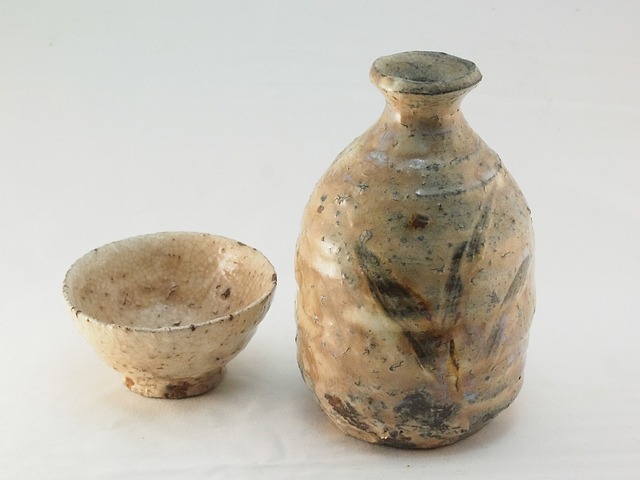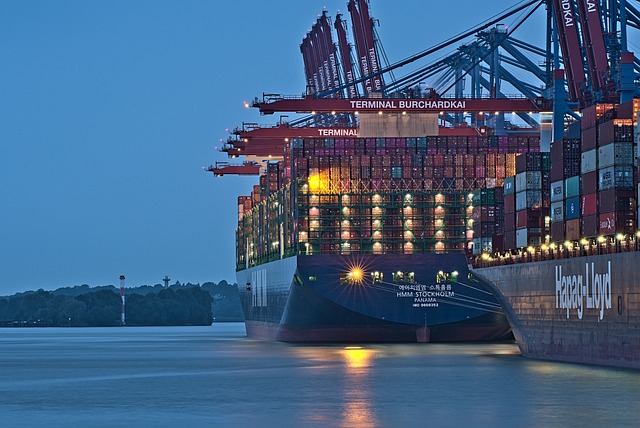
For centuries, Japanese sake has remained a cornerstone of Japan's rich culinary and cultural tapestry. But in recent decades, it's been making waves far beyond Japan's shores. From elegant restaurants in Paris to hip bars in Brooklyn, sake has become a global sensation. But what drives this international demand for Japan's iconic rice wine? And who are the top players in the global sake market? Let's dive in.
1. Why the World is in Love with Japanese Sake

A. Rich History and Tradition
Sake boasts a history that dates back over a millennium. The stories, rituals, and ceremonies surrounding sake have provided it with an allure and mystique that few beverages possess.
Related Articles
The Timeless Tradition of Japanese Sake: A Comprehensive History
B. Versatility in Flavor and Pairing
Sake's spectrum ranges from sweet to dry, fruity to earthy. This vast array of flavor profiles means it can be paired with a multitude of cuisines, not just traditional Japanese dishes.
Related Articles
Perfect Pairings: Foods that Complement Sake's Unique Flavors
C. Health and Wellness Benefits
Recent studies have highlighted potential health benefits of moderate sake consumption, from cardiovascular advantages to skin health, amplifying its appeal to health-conscious consumers.
Related Articles
The Health Benefits of Japanese Sake: Unveiling the Secrets of Nihonshu Wellness
D. Craftsmanship and Quality
The meticulous process of sake production, from selecting rice grains to fermentation, ensures a product of high quality and profound depth.
Related Articles
Crafting Excellence: The Journey of Japanese Sake from Fermentation to Perfection
E. Cultural Exchange and Curiosity
Global interest in Japanese culture, from anime to Zen Buddhism, has driven a desire to experience Japan in more authentic ways. Sake, being an embodiment of Japanese tradition, has naturally become a part of this exploration.
Related Articles
Sake and Cultural Curiosity: A Global Exploration of Japanese Traditions
2. The Top 5 Nations Importing Japanese Sake

As sake's global popularity rises, several nations have emerged as significant importers, driven by a burgeoning interest in Japanese cuisine and culture.
A. The United States of America
Overview:
The USA tops the list, with cities like New York and Los Angeles being major hubs for sake appreciation. Factors like the proliferation of sushi restaurants and an increase in Japanese cultural festivals have fueled this.
Key Trends:
Craft sake breweries are emerging in the states, and sake-based cocktails have seen a surge in popularity in trendy urban bars.
B. South Korea
Overview:
Despite historical tensions, Japan's neighbor, South Korea, has developed a fondness for sake. This can be attributed to both cultural similarities and the Korean populace's broad acceptance of alcoholic beverages.
Key Trends:
Pairing sake with Korean BBQ has become a gastronomic trend, and premium sake brands are particularly sought after in upscale dining establishments.
C. China
Overview:
China's booming middle class, with a penchant for luxury and quality imports, has driven the demand for premium sake.
Key Trends:
Sake is often enjoyed in exclusive bars and restaurants, and there's a growing trend of gifting high-end sake bottles during festivals and special occasions.
D. Taiwan
Overview:
Taiwan's geographical proximity and cultural ties to Japan make it a significant importer of Japanese sake.
Key Trends:
Sake-themed events, tasting sessions, and seminars have become commonplace in Taipei and other major cities, signaling a mature and informed consumer base.
E. Hong Kong
Overview:
Being a global city and a nexus for East meets West, Hong Kong's diverse populace has shown an increasing interest in sake, further propelled by the city's status as a gastronomic powerhouse.
Key Trends:
There's a rise in sake-pairing menus in top-tier restaurants, and the city hosts several annual sake-themed events and festivals.
Conclusion: The Global Sake Tapestry
The ascent of sake on the global stage is a testament to the universal appeal of its rich history, unmatched versatility, and the meticulous craftsmanship behind its production. As international palates evolve and cultural exchanges deepen, the sun seems unlikely to set on the global sake boom anytime soon.
